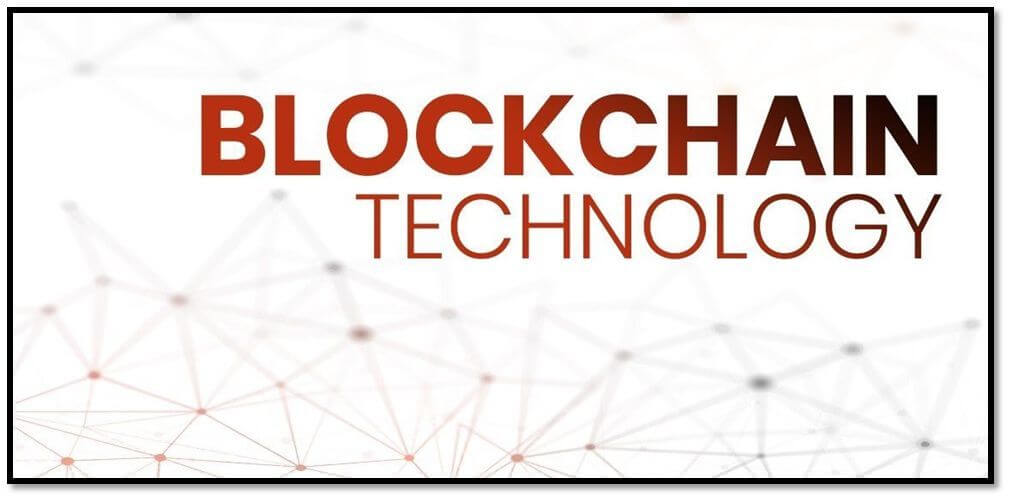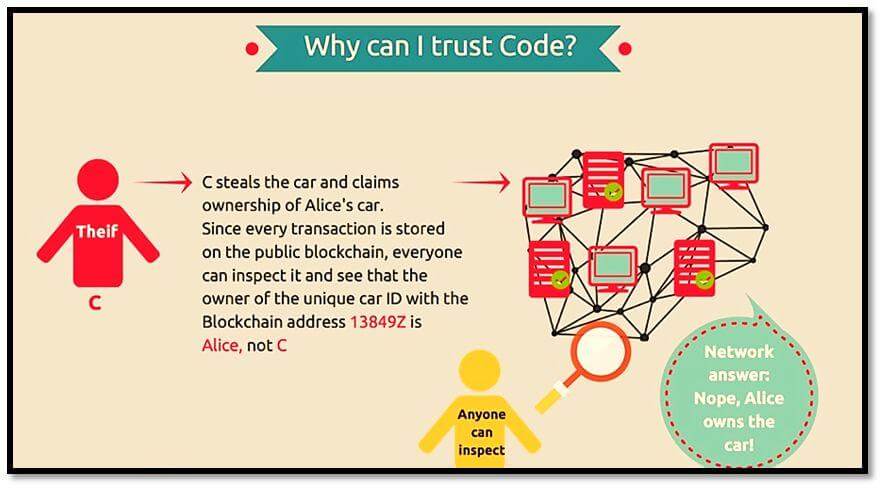
Blockchain technology has become incredibly popular since the past few years. The most commonly asked questions that many people ask are:
- What do you mean by blockchain?
- How does it work?
- Do they help in solving problems? And,
- How are they used?
You’ll find the answers for these commonly-asked questions in this blog below.
A blockchain refers to a chain of blocks that contains hashes or vital information. This unique idea or technology came out in the early 1990s by a group of researchers where they intended to use it for timestamping the documents, thus, preventing anyone to tamper with them. This property is quite similar to that of a notary! Isn’t it?
It was only in the year 2009 when Satoshi Nakamoto created the concept of ‘Bitcoins’ and utilised the blockchain technology in it. This digital cryptocurrency is open for all and it has a lot of interesting attributes. One of them being the ability to secure the information once they get stored inside the blockchain and nobody can change it. So, how does it work?
Well, each block contains:
- Data
- Hash of the block, and
- Hash of the previous block
A blockchain will only store data that fits well along its properties. For instance, a blockchain inside the bitcoins will store data about the users – the sender and receiver. Each block contains a hash and just like a fingerprint, it is unique in nature. The hash gets calculated as soon as a new block is created within the chain. One thing to note here is that if any attribute of a block is altered, the hash also gets affected. In simple words, it has become quite useful in identifying any changes made to a block.
The last core element in a blockchain is the hash of the preceding block. With this third element in place, a chain of block gets completed effectively, thus, making an entire blockchain unique in nature.
Let’s understand this with an example.
There is a blockchain that consists of three unique blocks. Each of these three blocks contains a hash as well as the hash of the preceding block. So, block number 1 points to block number 2 which points to the first block. Now, the very first block is the most unusual one out of all the three. It cannot point to the previous ones, well, because it is the first one. This special block is called ‘Genesis Block’. Now, let’s assume that a user altered the second block. What happens next is that the hash inside that this block changes as well. The chain continues and this alteration renders all the succeeding blocks invalid as they now they do contain the same hash of the previous blocks which were altered first in place. We conclude that if someone changes a single block’s attributes, the remaining succeeding blocks will also get affected, thus, leaving them invalid.
Time has changed and blockchain technology has also evolved over the past couple of years. With the help of superfast computers of this generation, one can easily alter a block and recalculate the hashes present inside the other blocks in a matter of seconds! Thereby, making the entire blockchain valid again.
The blockchains have a mechanism known as proof of workthat slows down that can help in preventing the altering of new blocks. In the bitcoins’ case, it takes about ten minutes to calculate the proof of work and add a new block to the chain.
What this new mechanism does is that it does not allow users to tamper with the blocks easily. How it does this? Well, if you change the attributes of one block, then you also have to recalculate the proof of work of the other blocks in that blockchain. Thus, it is because of a creative and unique combination of hashing and proof of work, that the entire system can be 100% secure!
Moreover, by being distributed, any blockchain can easily secures itself. Instead of using just one essential entity to manage the entire chain, they use a Peer-to-Peer network, and anyone is allowed to join. Any user who enters this network will get a duplicate map of the entire chain. The node can verify can everything in the blocks is in order.
Each time a new block in the blockchain is created, every node must verify that the blocks are not tampered in this process. And everything checks out, that particular block gets added to the blockchain. All the nodes create a general agreement where they decide about the validation of the new blocks. The nodes have full authority to reject those blocks that have been tampered.
To successfully makes changes inside a blockchain, all you have to do is to tamper each block, recalculate proof of work, and have authority of at least 51% of the entire network. It is only after this step, the nodes will either accept or reject the new block. This seems simple but it is quite impossible!
Over the past years, Blockchains have evolved quite a lot, and they are constantly evolving. There is another important concept known as smart contracts. They are completely digital and, in fact, a smart contract is actually a tiny computer program that is stored inside a blockchain. In the bitcoins, they are used to exchange coins among the users automatically based on specific conditions.
Should you trust a smart contract?

Well, because they are stored on a blockchain, they inherit some interesting properties. Smart contracts are immutable and distributed. Being immutable means that once a smart contract is created, it can never be changed again, so no one can go behind your back, and tampered with the code of your contract. The distributed attribute simply means that every user on the network can validate the output of the contracts. So, a single person cannot force the contact to release the funds because the other people on the network will spot this attempt and mark it as invalid.
Ever since people realised the potential of blockchain technology, they started using it for things like:
- Storing medical records
- Creating a digital notary, or
- For collecting taxes
So, now you know what a blockchain is, how it works on a basic level, and what problems it solves.
Ava Watson is an IT professional and has an experience of over five years. After successfully completing her Masters of Computer Science from Australia, she started working as a Computer Systems Analyst. Presently, she is an assignment help expert and provides consultation to students in this domain.